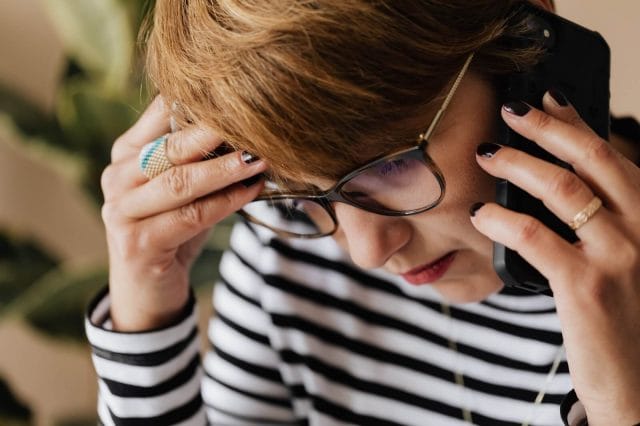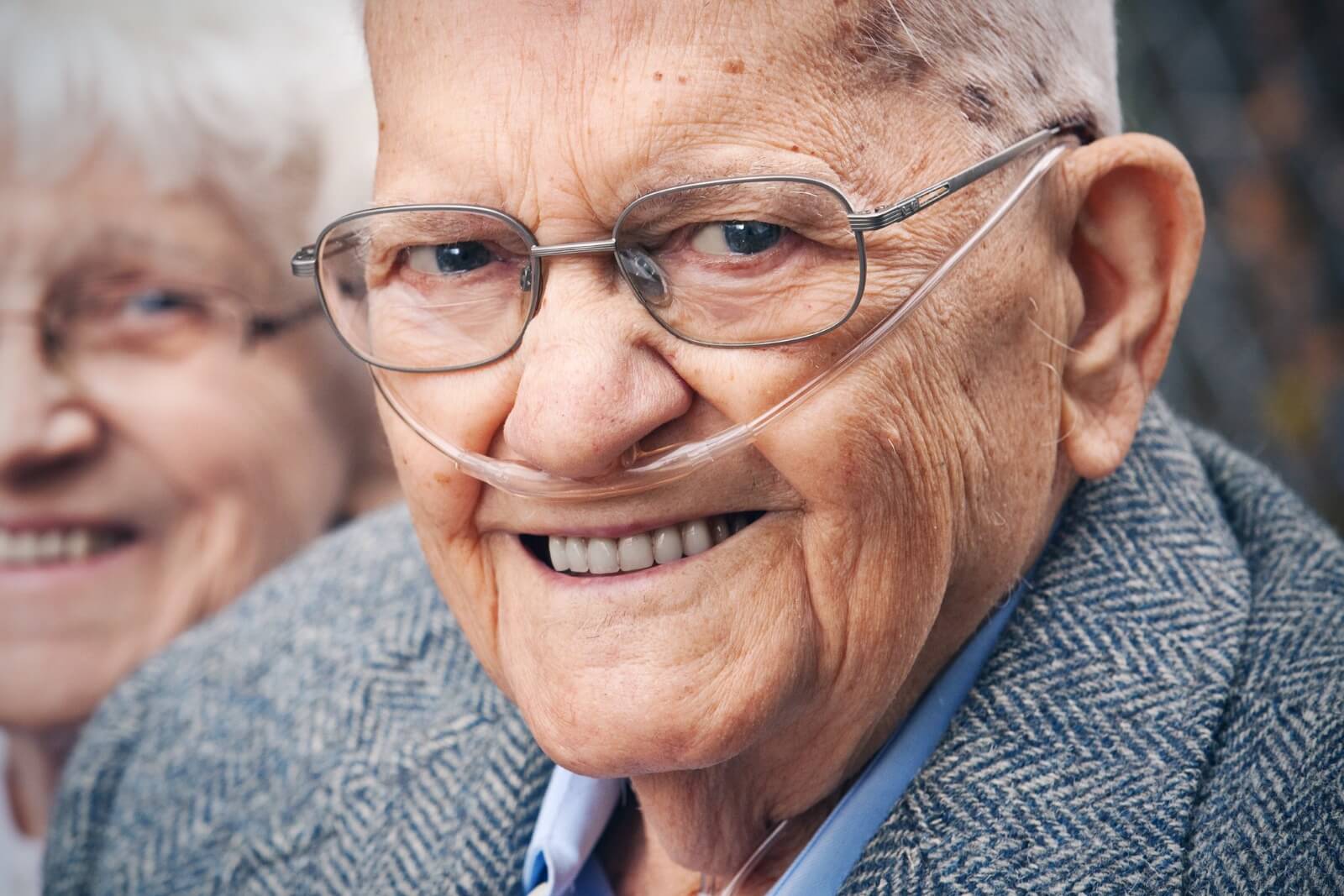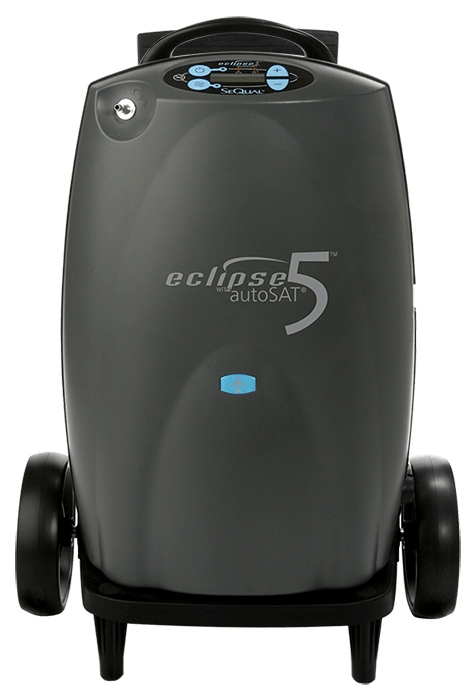
Elder abuse is a grave issue, and being able to identify and act could make a huge difference in the life of an older adult. In these cases, the perpetrator is generally any person the individual trusts — a family member or caregiver, whether in the home or another setting. This can often make it easier for the abuse to go unreported or unnoticed. Here’s what you need to know about elder abuse, how to recognize it, and how to report and handle it.
Elder abuse definition
According to the CDC, “elder abuse is an intentional act or failure to act that causes or creates a risk of harm to an older adult.” An “elder” refers to a person aged 60 or older. Elder abuse can occur anywhere — in home settings and senior living communities (like nursing homes, hospitals, assisted living communities, and others), and over the phone or computer through scams. The CDC estimates that 1 in 10 older adults become victims of elder abuse at some point, and most abuse cases impact individuals with dementia or other cognitive issues.
It’s important to note that not all elder abuse cases look the same. Below are the types of elder abuse most commonly seen, as defined by the CDC and NIH.
Physical abuse
When you hear the term “abuse,” physical abuse often comes to mind. Physical abuse refers to bodily harm caused by hitting, punching, kicking, or other dangerous physical contact. It can also refer to physical or chemical restraints, such as using medications to initiate sleeping or mellow behavior for the caregiver’s benefit. These are most commonly used in medical settings such as nursing homes or hospitals, but this kind of abuse could also include locking an individual in a room. This type of abusive behavior can also happen in a home.
Indicators of physical abuse include unexplained cuts and bruises, if the individual demonstrates signs of trauma, or if they become withdrawn or agitated.
Emotional or psychological abuse
Emotional abuse refers to using hurtful words, yelling, or threatening, though it could also refer to causing intentional isolation. According to the World Health Organization, this is the most common form of elder abuse.
Signs of emotional or psychological abuse include withdrawal from favorite activities and changes in mood such as withdrawal or agitation.
Sexual abuse
Sexual abuse includes “forced or unwanted sexual interaction” and sexual harassment. Bruising and emotional changes are the most common signs of sexual abuse.
Financial abuse
Financial abuse refers to the unauthorized use of an older adult’s money. Financial neglect is one type of abuse that refers to intentionally ignoring paying an older adult’s necessary bills on their behalf. Financial abuse could also look like financial exploitation, meaning the misuse of the older adult’s assets. Health care fraud also falls under the financial abuse umbrella and refers to overcharging by health care providers.
The older adult demographic is also a common target for scams, which can come in many forms. Scammers prey on this age group, hoping the victim has less knowledge about technology, and perpetrators often try to instill fear in the individual for their financial gain.
Financial abuse can be difficult to detect, and there may not be obvious signs that abuse is occurring. Unusual activity in your loved one’s bank account could indicate financial abuse.
Neglect or abandonment
Neglect occurs when a caregiver fails to meet an older adult’s fundamental needs. This could look like not attending medical appointments, not providing medications, or not assisting with personal care when needed. It could also refer to the older adult being left home alone despite safety concerns.
Older adults can also engage in “self-neglect.” This refers to the failure to complete their own basic needs despite being able to do so.
Signs of neglect or abandonment could be looking disheveled or having an odor, lacking medical equipment (glasses or hearing aids), unsafe living conditions, or frequent falls or wandering incidents.
How to help if you suspect elder abuse
If you suspect elder abuse or notice signs of abuse, acting quickly is essential. Abuse can have permanent emotional and physical impacts on its victim. Here are important options to help your older adult loved one regain safety.
• Check in privately. To start, check in with your loved one in a private setting. Ask how they are doing and express your concerns. Keep in mind that many victims of abuse find it difficult to talk about their experience, meaning your loved one may not immediately acknowledge the mistreatment.
• Talk to a mandated reporter. If you’re unsure about a potentially abusive situation, you can also speak with a trusted health care provider. Health care providers are mandated reporters, meaning that if they suspect abuse, they must file a report.
• Report abuse to adult protective services. If your loved one lives at home, report your concern to the local adult protective service agency or police. The National Center on Elder Abuse has a state-by-state directory of the appropriate group to call. Reports can be made anonymously. If you feel that your loved one is in immediate danger, calling 911 is always an option. When filing your report, stick to the facts of what you have observed or known, despite the emotions you may be feeling.
• Call a long-term care ombudsman. Each state has a long-term care ombudsman program. Ombudsmen are advocates for older adults who live in senior living settings. If you suspect abuse at an assisted living facility, nursing home, or medical facility, your state’s ombudsman program helps with the intake and investigation of reports of abuse.
• Connect with an elder law attorney. An attorney specializing in elder law can help you understand laws about the situation. They can also guide you on recourse for financial abuse cases.
It can be difficult to address suspected abuse, especially from another family member. Remember that the priority is helping your loved one live safely and with the respect they deserve. It’s important to advocate for your loved one who may be vulnerable and unable to advocate for themselves. In some cases, especially those of neglect, additional support may be provided to the elder and the caregiver.








